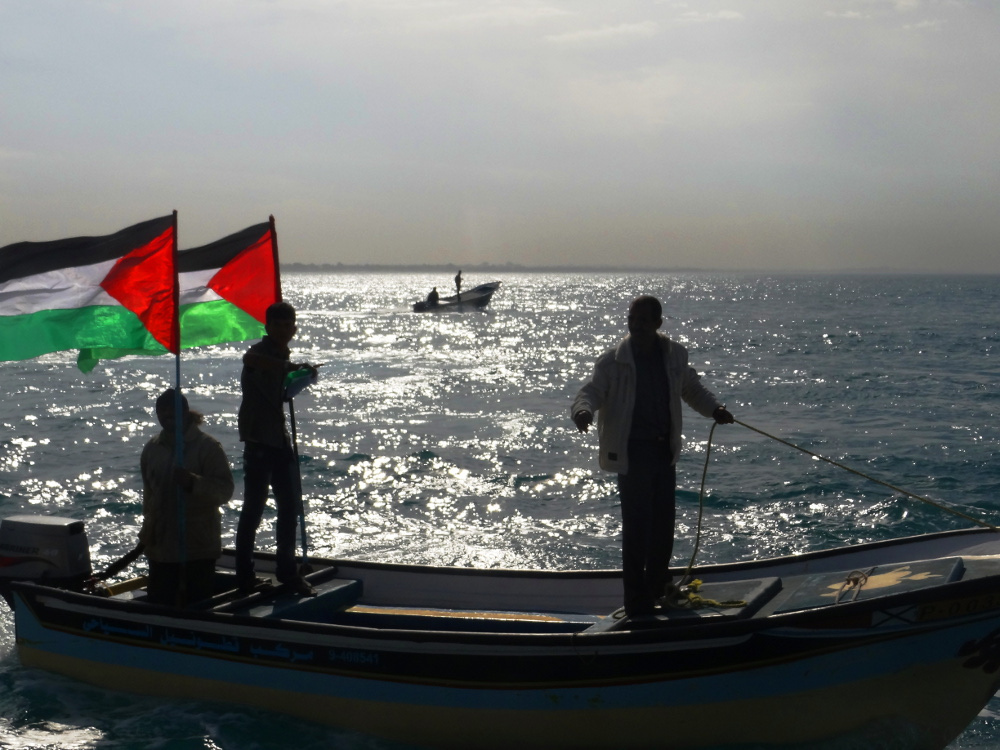Tag: Intifada Youth Coalition
-
VIDEO: Protesters in Gaza’s “buffer zone” under fire from Israeli forces
17th January 2014 | Institute for Middle East Understanding | Gaza, Occupied Palestine They are young, and they are fearless. In Gaza, a growing nonviolent movement, led predominantly by youth, is challenging Israel’s ongoing occupation of Palestinian lands in the so-called “buffer zone” — a unilaterally demarcated and militarily patrolled area that, according to Harvard researcher Sara…
-
Photos: Palestinian fishermen and activists sail to protest Israel’s siege of Gaza
4th December 2013 | International Solidarity Movement, Charlie Andreasson | Gaza, Occupied Palestine On Monday, 2nd December 2013, 200-250 Palestinians, foreign activists and journalists, many from international media, gathered in the Gaza seaport for a joint action to alert the world about the siege and its consequences for fishermen pursuing their profession. The action resulted from…


